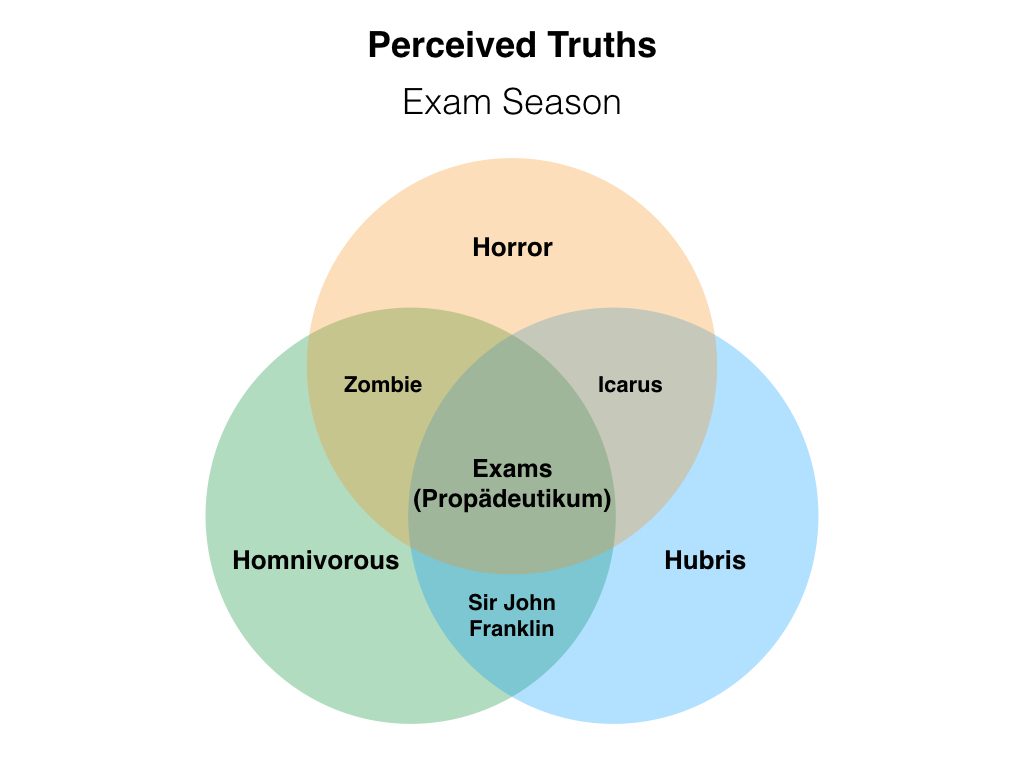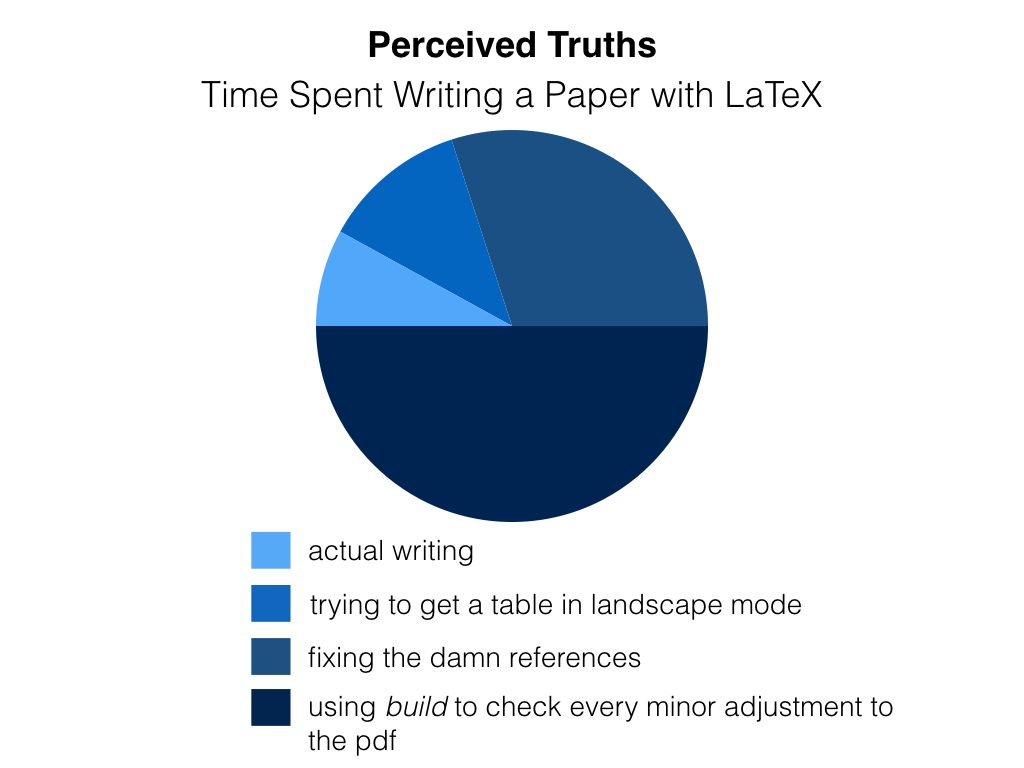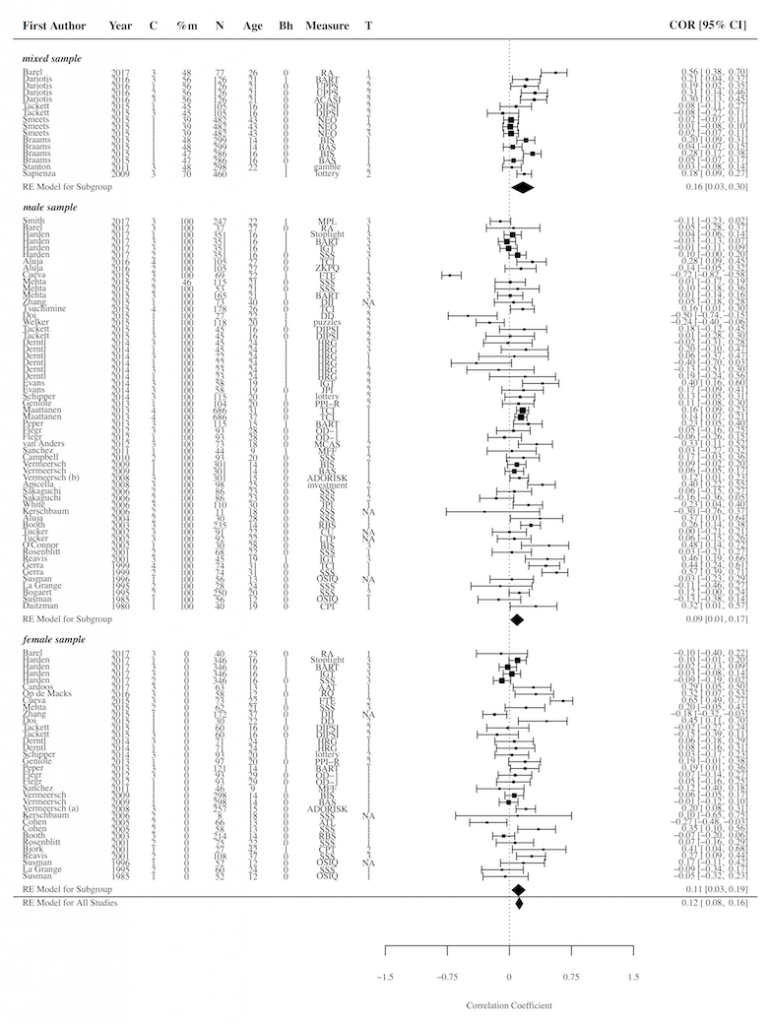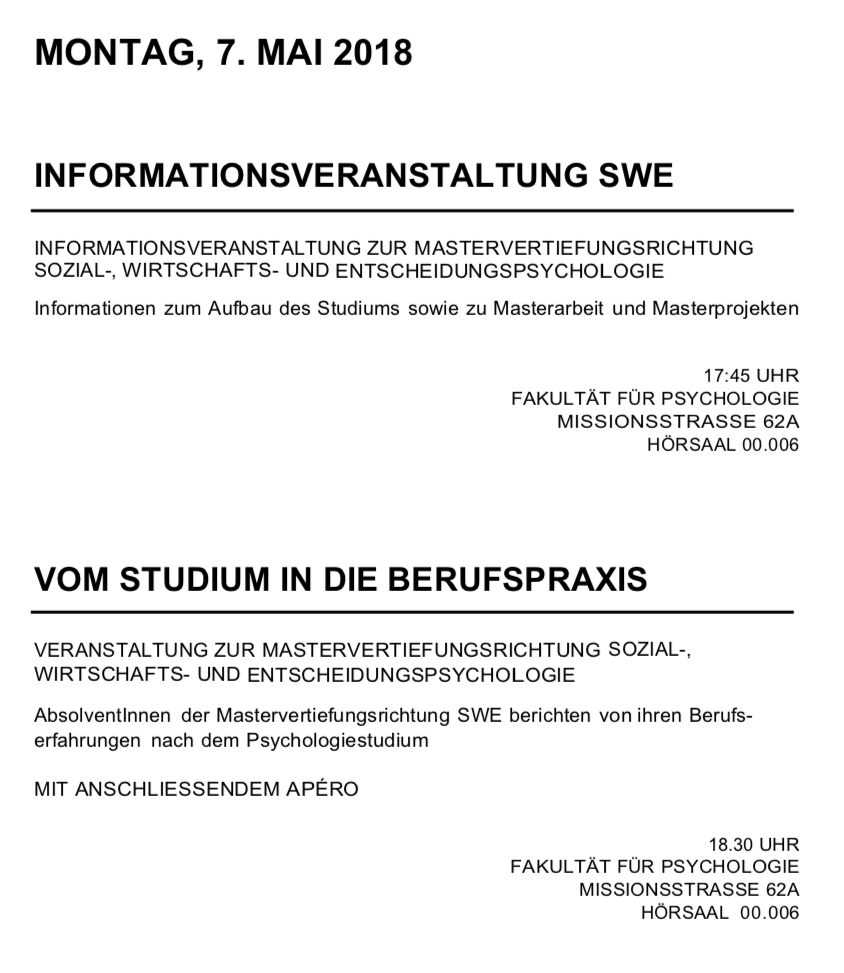
On Thursday (31 May), Emmanouil Konstantinidis, Centre for Decision Research, University of Leeds, visits Basel to give his presentation in the SWE Colloquium series.
The path to risky intertemporal choice: Preference accumulation, sequential evaluation, and delayed optimism
Previous research on the effects of probability (risk) and delay on decision-making has focused on examining each dimension separately, and hence little is known about when these dimensions are combined into a single choice option. Here, we attempt a threefold decomposition of the cognitive, psychological, and normative/descriptive underpinnings of risky intertemporal choice, including the application of sequential accumulator modelling (the Linear Ballistic Accumulator; LBA), and the use of process-tracing experimental designs. We examined the order in which information is acquired (payoff, probability, delay), transitions between information items, and how preferences are constructed across time. The results point towards a dimension-wise evaluation of risky and delayed prospects. We used these observations to inform the development of new models for risky intertemporal choice and to provide novel experimental and behavioural directions for the study of the combined effect of risk and delay on preferential choice.








